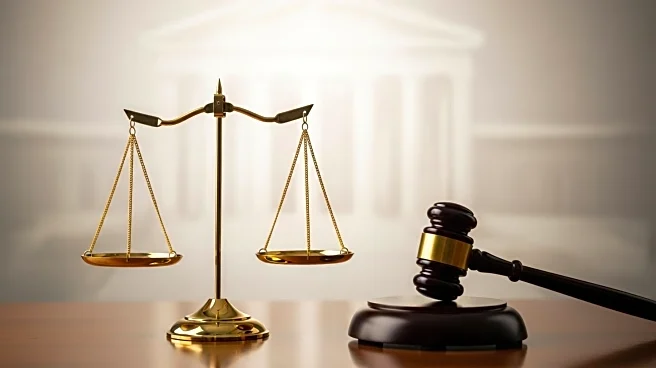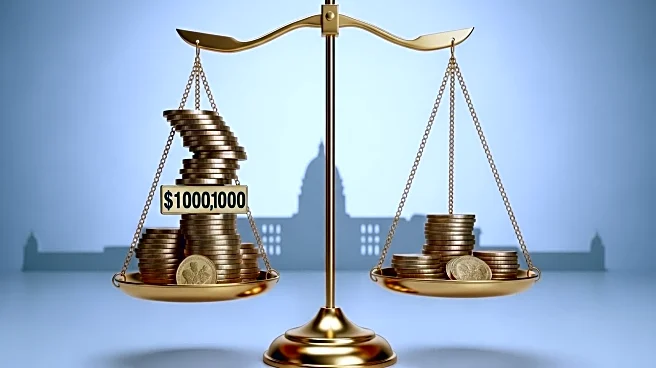Namibia's leadership has been instrumental in guiding the country through its post-independence era. As a unitary semi-presidential representative democratic republic, Namibia's governance structure is designed to ensure accountability and effective decision-making. The President of Namibia, elected to a five-year term, serves as both the head of state and government, playing a crucial role in shaping national policies and strategies.
Leadership Context
Namibia's leadership context is defined by its democratic framework, established after gaining independence in 1990. The President, as the head of state and government, is central to the country's leadership, supported by a legislature that holds the government accountable. This structure ensures that decisions are made with transparency and in the best interest of the nation.
Decisions and Strategies
Namibia's leadership has focused on strategies that promote economic growth, social development, and environmental sustainability. Key decisions have included policies to support agriculture, tourism, and mining, which are vital sectors of the economy. The leadership's commitment to conservation and sustainable development is evident in its efforts to protect the unique Namib Desert and its wildlife.
Outcomes and Accountability
The outcomes of Namibia's leadership strategies are reflected in its stable economy and democratic governance. The country's focus on accountability ensures that government actions are transparent and serve the public interest. Namibia's leadership has successfully navigated challenges such as economic diversification and environmental conservation.
Lessons for U.S. Audiences
Namibia's leadership offers valuable lessons for U.S. audiences, particularly in areas of governance and sustainability. The country's emphasis on democratic principles and accountability aligns with American values. Namibia's approach to balancing economic growth with environmental conservation provides insights into sustainable development practices.
 Discover Daily • 8 min read
Discover Daily • 8 min read 









